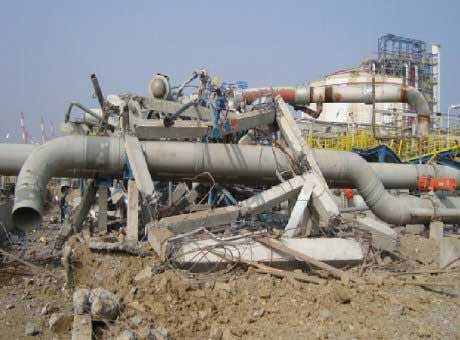Dear,
We have vessels with welded nozzles for LNG service. Shop has done hydrotested per UG-99(b)and code stamped. Field already welded all pipes to the nozzles and will go through pneumatic testing the entire system since isolation of the piping is not possible. For sure any pre-caution will be taken and follow very strict safety procedures. The question is, can we air pressurize to the original water test pressure per UG-99(b)? or we have to use reduced pressure per UG-100 (1.1x MAWP x stress ratio) ? Will the mechanical warranty be voided ?
We have vessels with welded nozzles for LNG service. Shop has done hydrotested per UG-99(b)and code stamped. Field already welded all pipes to the nozzles and will go through pneumatic testing the entire system since isolation of the piping is not possible. For sure any pre-caution will be taken and follow very strict safety procedures. The question is, can we air pressurize to the original water test pressure per UG-99(b)? or we have to use reduced pressure per UG-100 (1.1x MAWP x stress ratio) ? Will the mechanical warranty be voided ?

